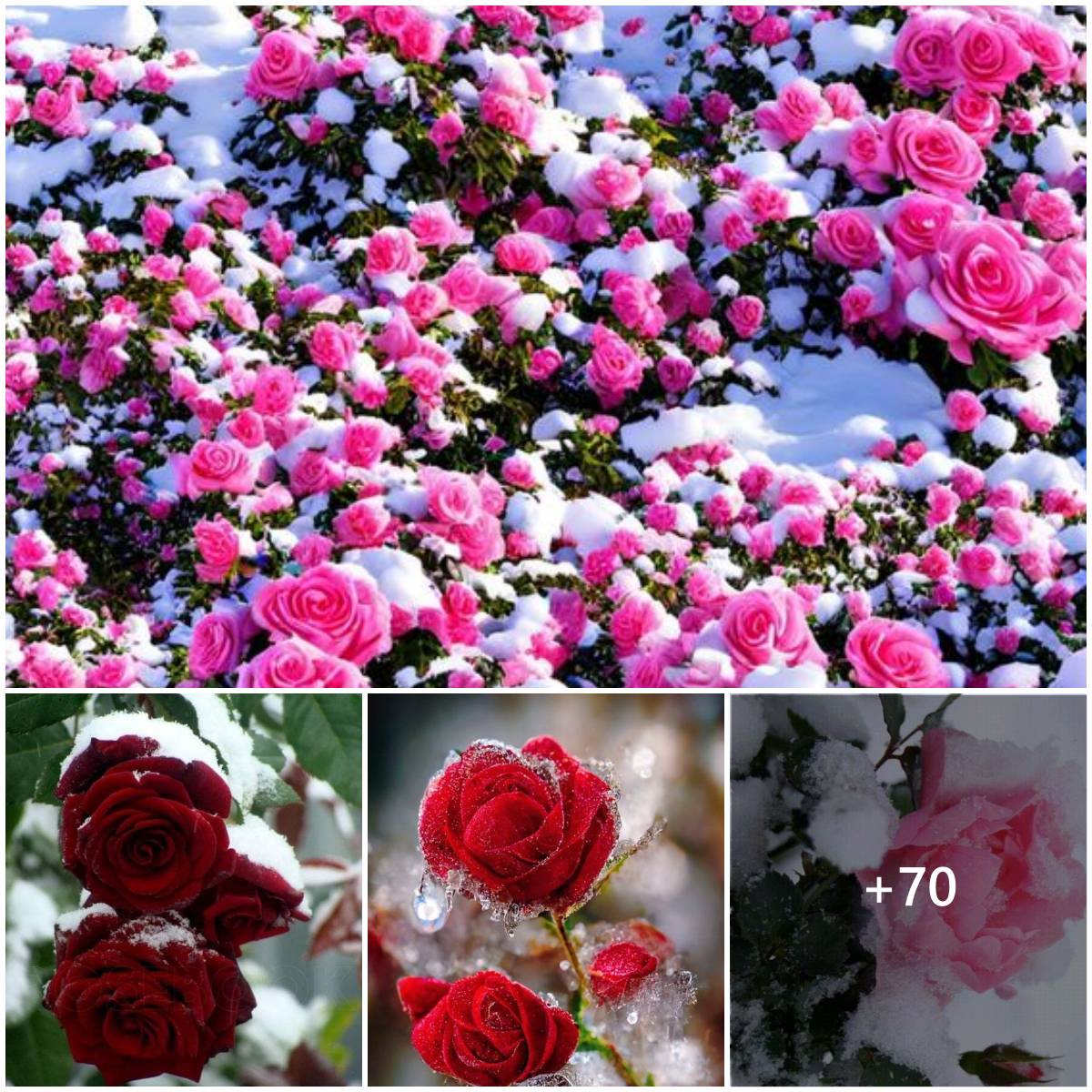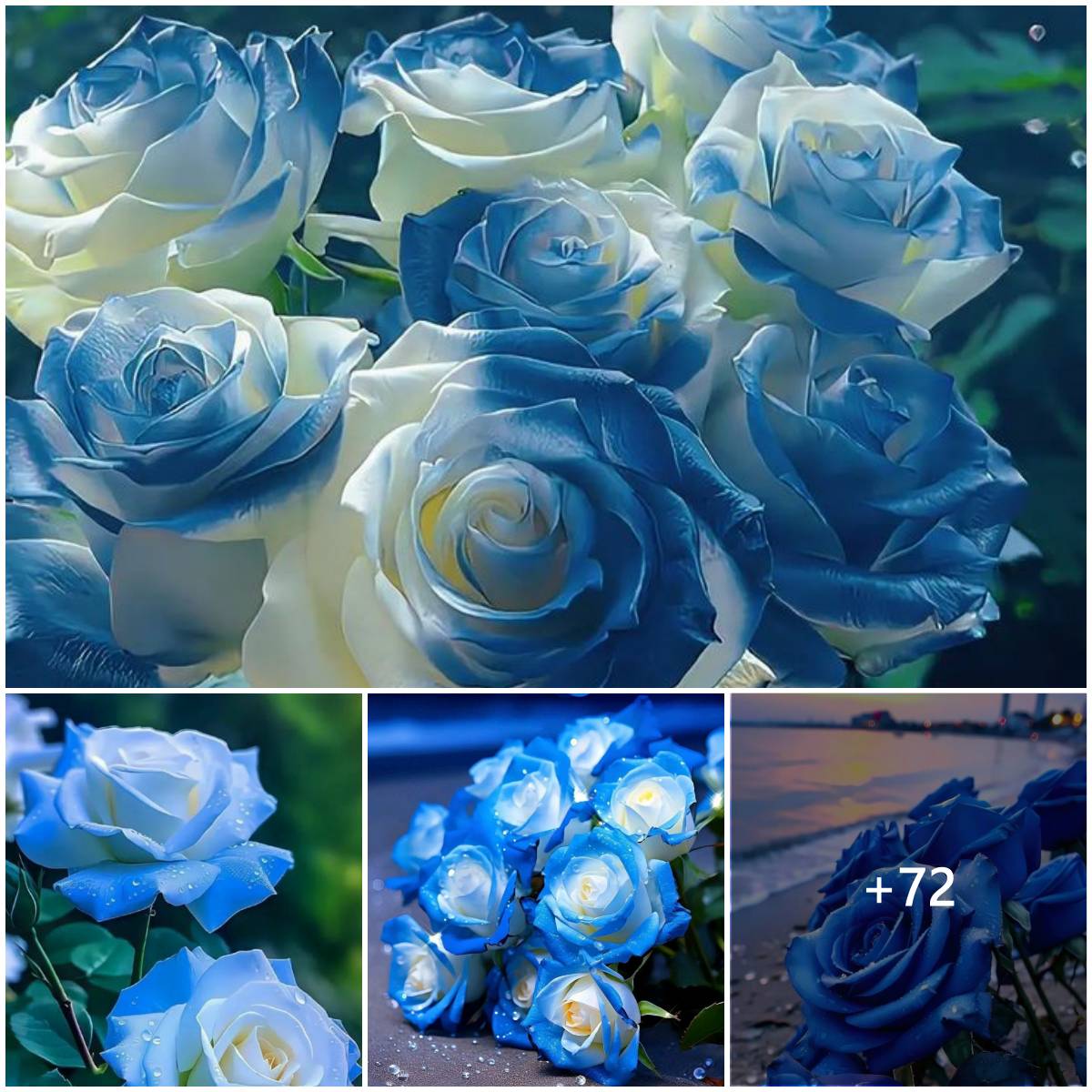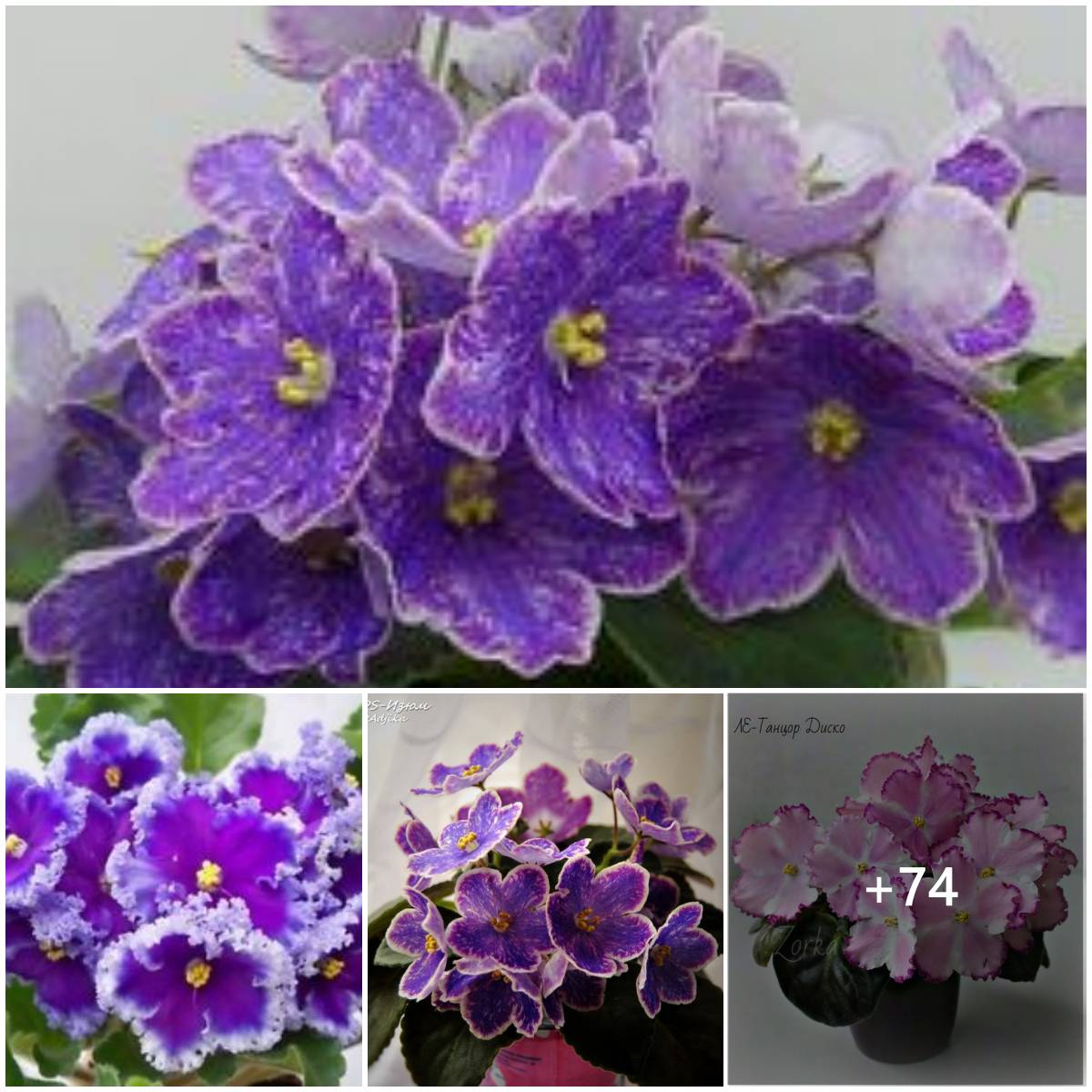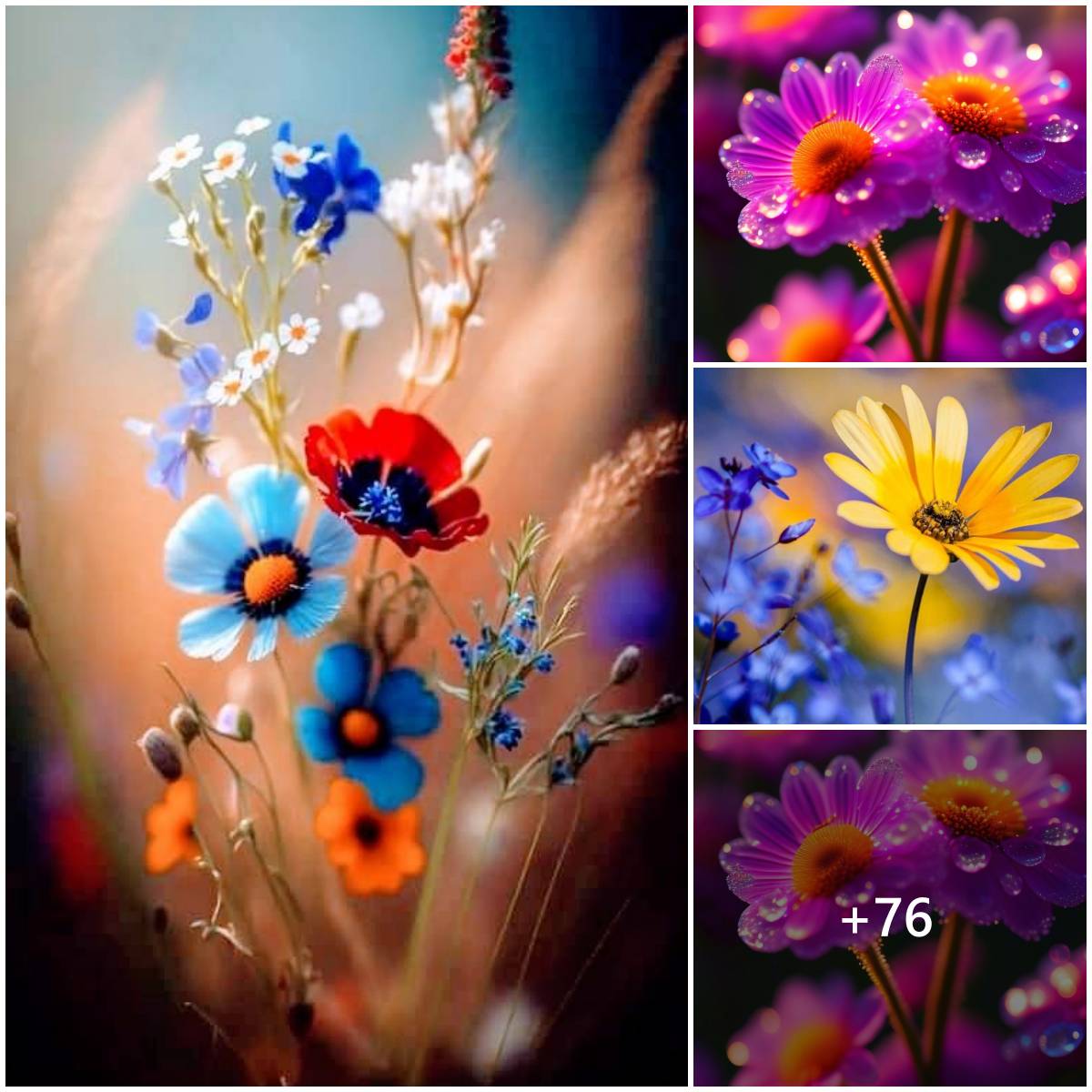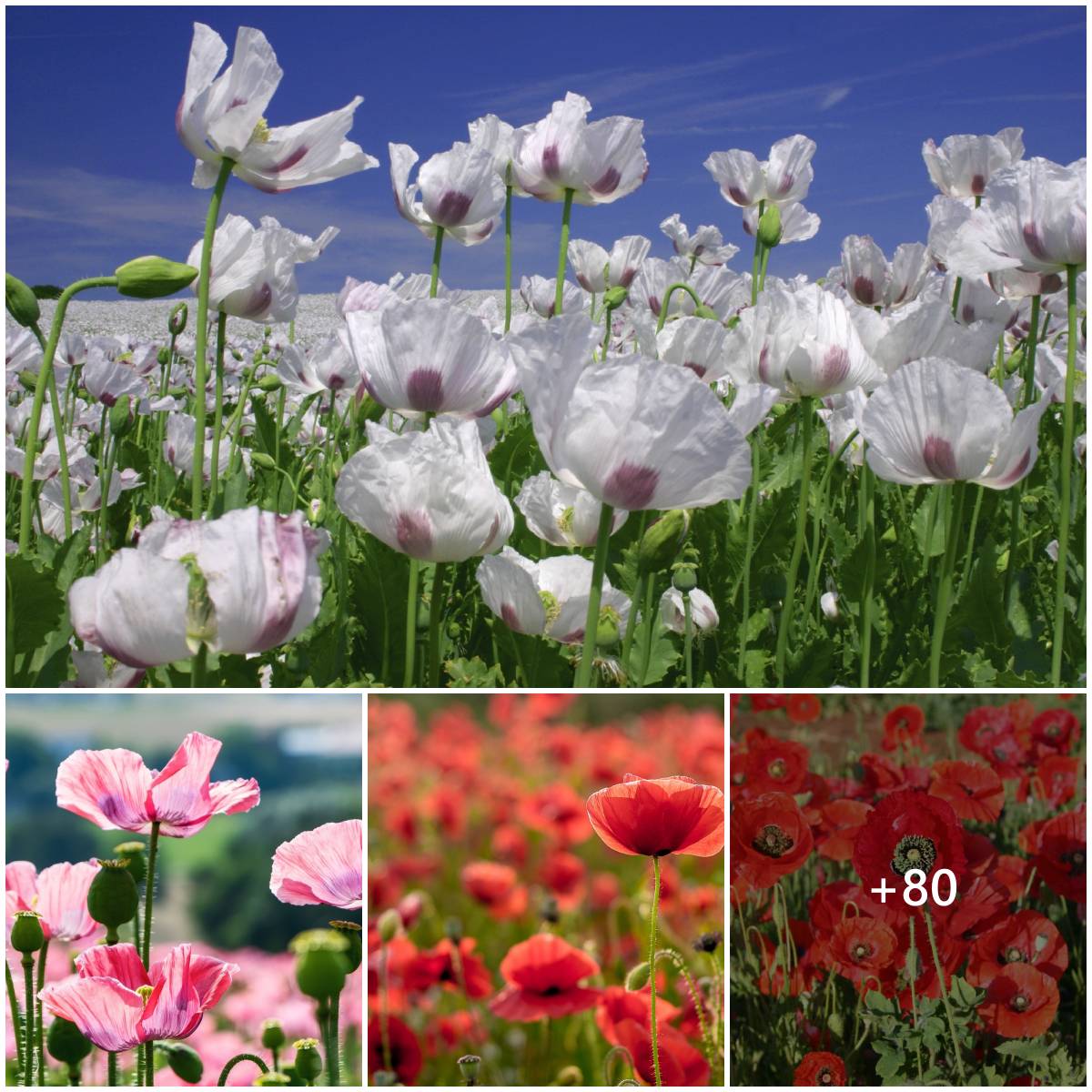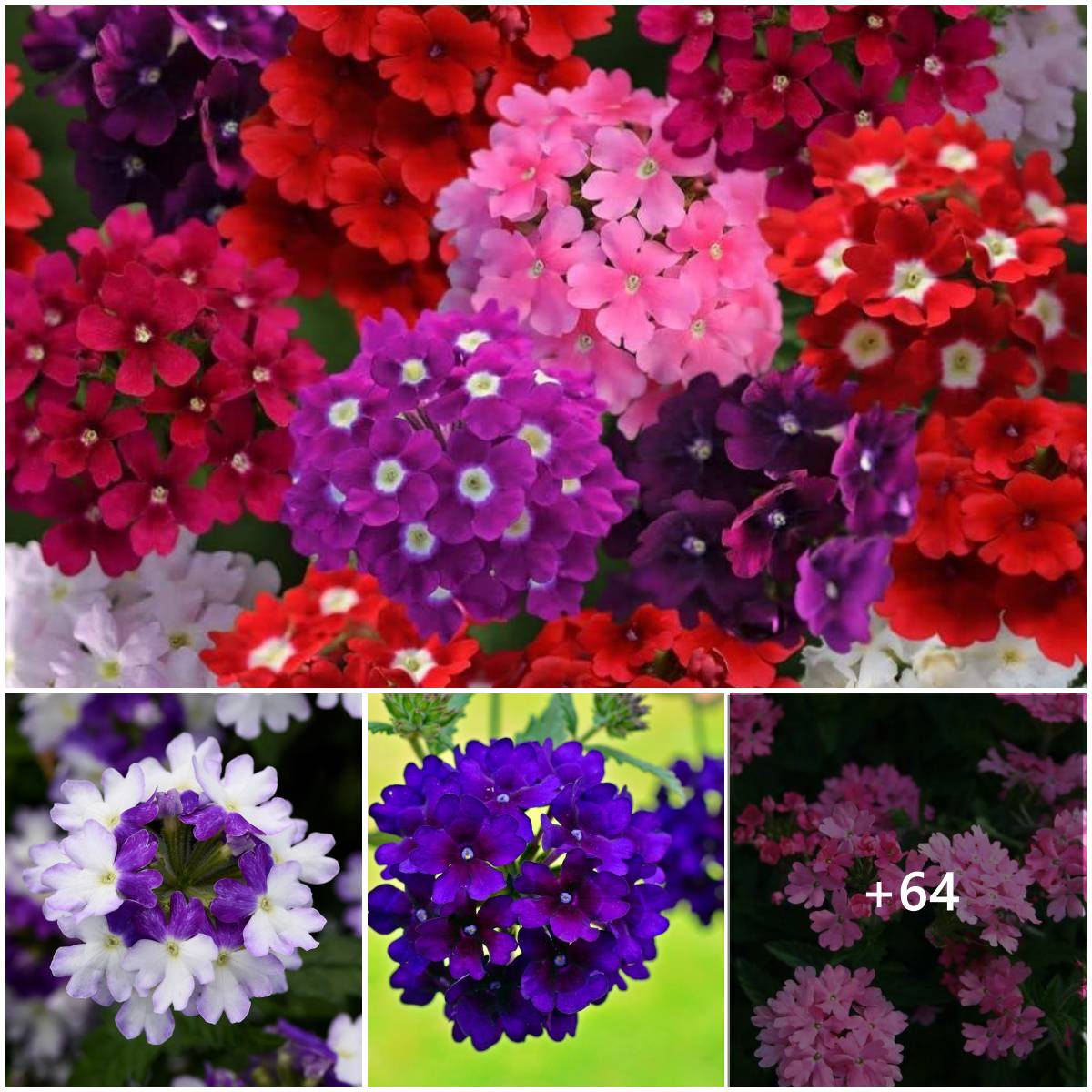Guzmania Bromeliad
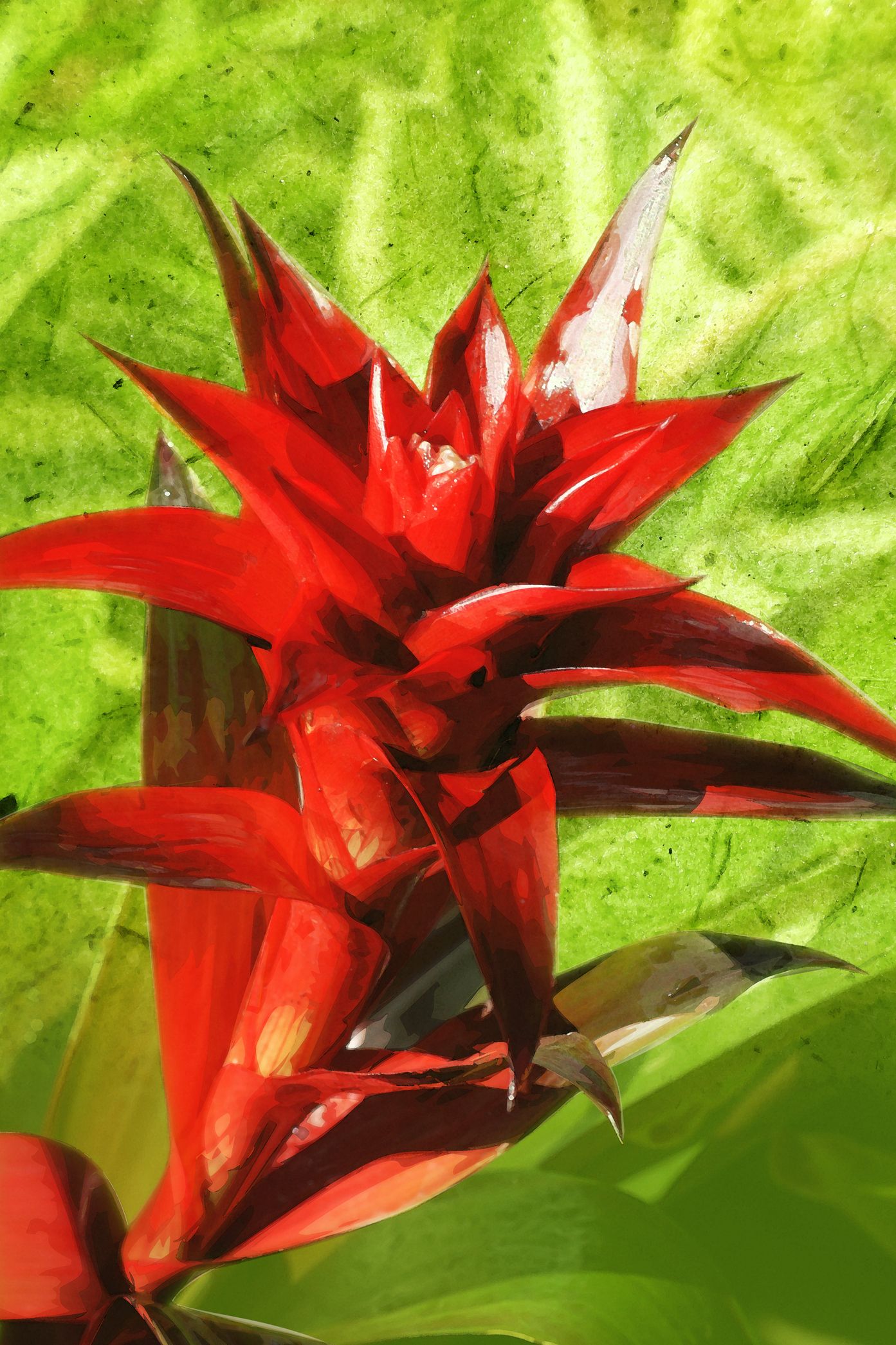 Medioimages/Photodisc//Getty Images
Medioimages/Photodisc//Getty ImagesThe most popular species of bromeliad, guzmania flowers are stunning epiphytes with lush green leaves and vibrant flowers that come in reds, purples, yellows, and white. Guzmanias have a longish bloom cycle, holding up for two to four months, and can grow up to two feet tall.
Aechmea Bromeliad
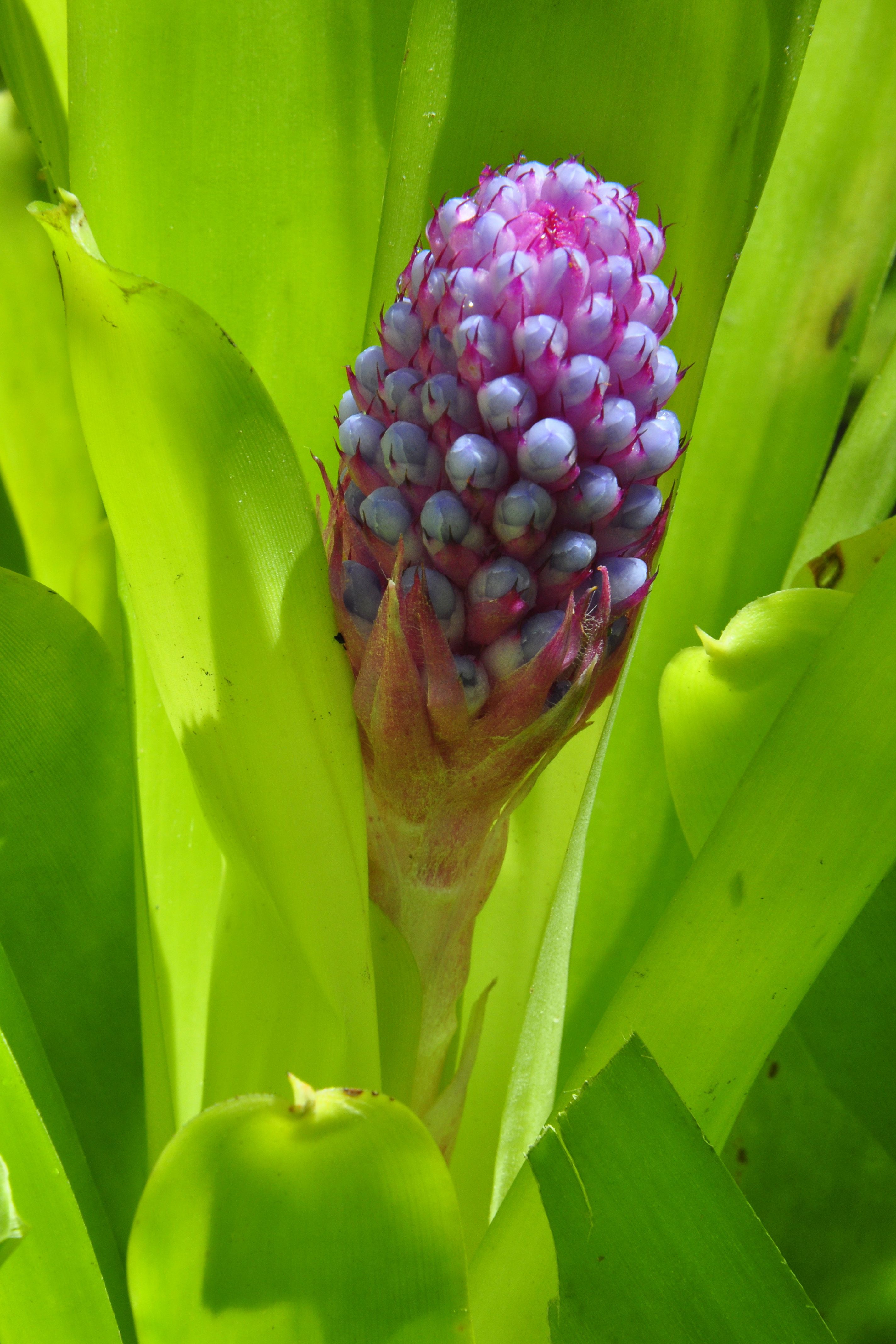 Auscape
AuscapeAechmea is another bromeliad type known for its silvery-green foliage, vibrant colored flowerheads, and spiky rosette shape. Often called the urn plant, an aechemea is low-maintenance, requiring very little except water to grow. Just note that most aechmeas don’t reach maturity for two to five years. If you want flowers, you’ll need to be patient.
Tillandsia Bromeliad
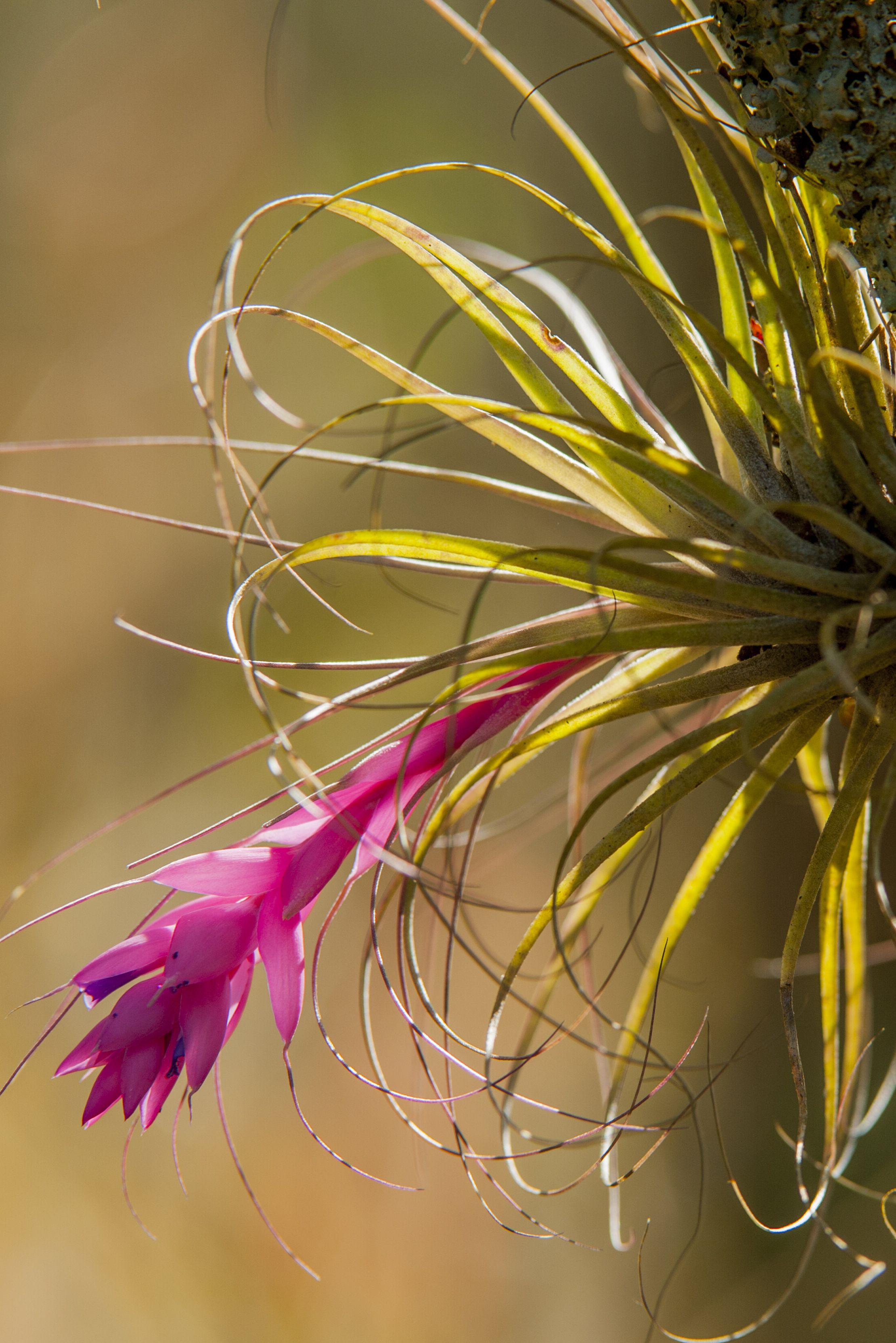 Wolfgang Kaehler//Getty Images
Wolfgang Kaehler//Getty ImagesTillandsias are the largest subgroup of bromeliads, consisting of around 5,000 different species. Like guzmanias, they’re air plants or epiphytes. Popular tillandsia plants include the Pink Quill (shown here), a small bromeliad with a quill-like shape and pink and purple flowers.
Advertisement – Continue Reading Below
Vriesea Bromeliad
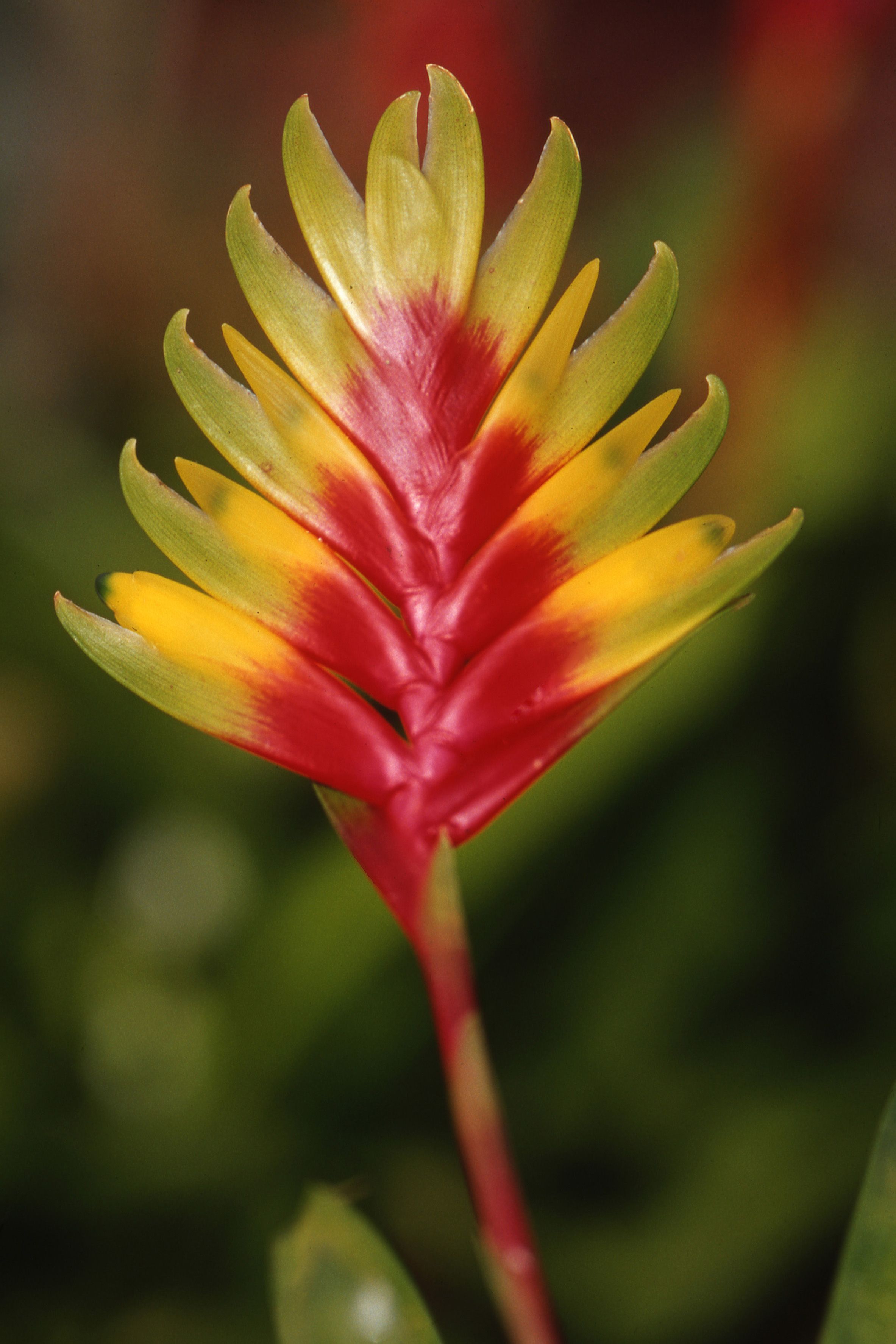 Auscape//Getty Images
Auscape//Getty ImagesIf you want a small houseplant for a centerpiece, look no further than the striking vriesea bromeliad. More on the small and medium size, it has a swordlike shape with short, blunt leaves and bright red flowers. Most vrieseas are epiphytes (i.e., air plants) and can thrive indoors or outdoors.
Neoregelia Bromeliad
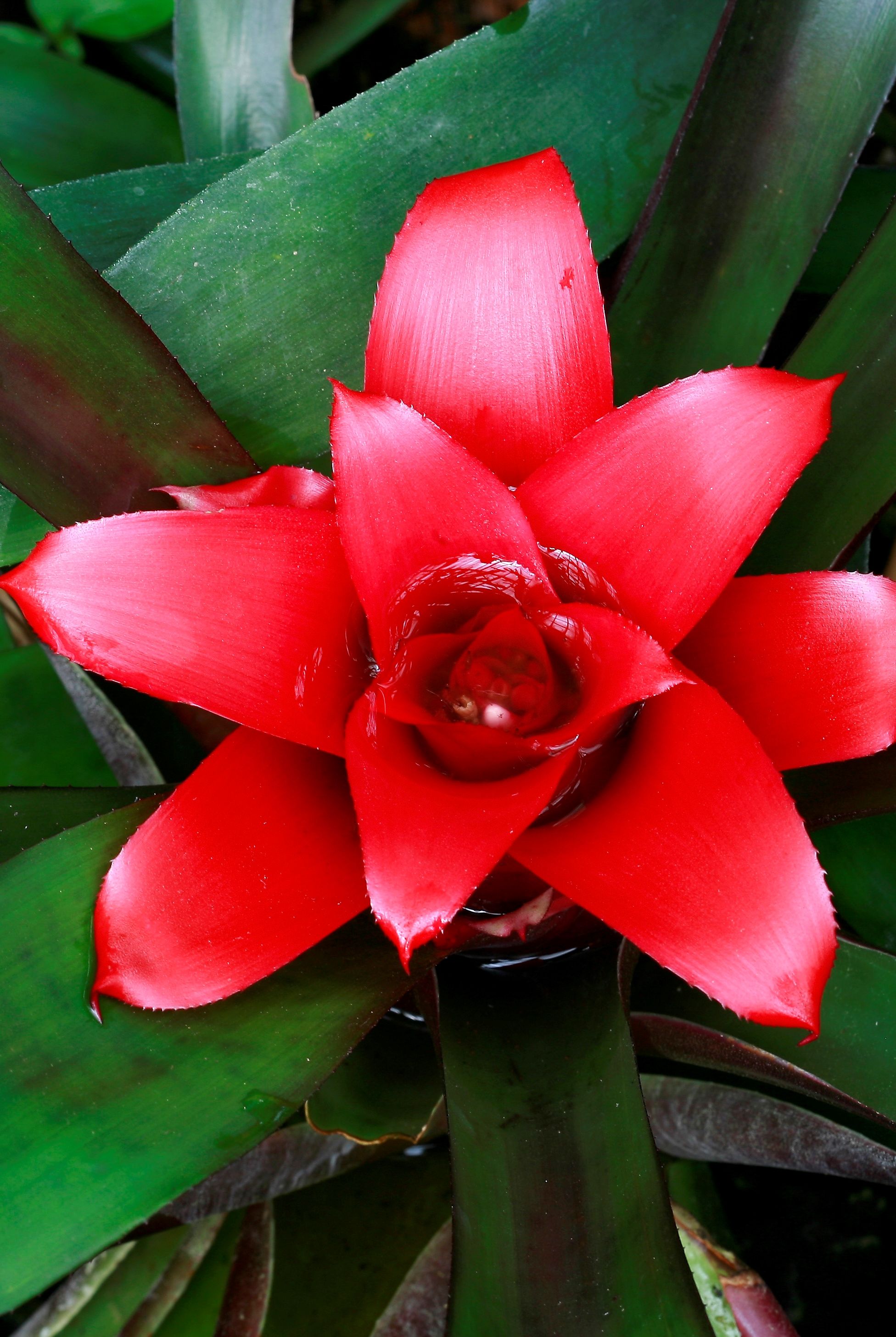 REDA&CO//Getty Images
REDA&CO//Getty ImagesNeoregelias are many plant lovers’ favorite bromeliads because they’re so low maintenance. It also helps that they’re one of the most stunning members of the bromeliad family. Unlike other bromeliad types, the neoregelia is known for its foliage as well as its flowers: Its leaves come in pinks, blues, reds, and other bright hues. A neoregelia plant is what you want if you’re looking for color.
Dyckia Bromeliad
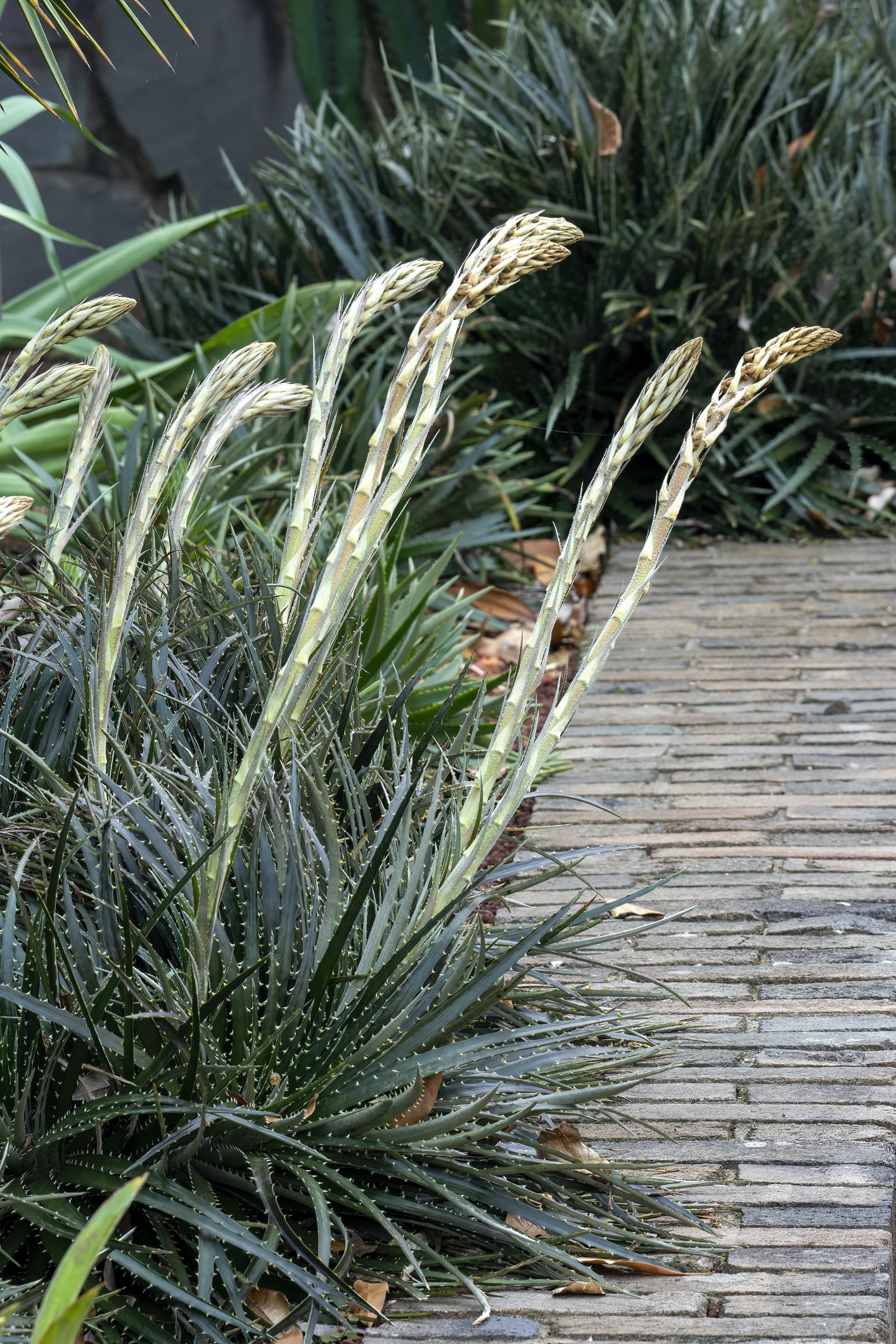 Galumphing Galah//Getty Images
Galumphing Galah//Getty ImagesCalling all succulent lovers! Check out the dyckia, a spiky, rosette-shaped houseplant that’s native to Brazil. Dyckias aren’t technically succulents, but they often get lumped in with them because of their similar thick, waxy foliage. These stubborn plants won’t die if you forget to water them for a week…or longer.
Advertisement – Continue Reading Below
Billbergia Bromeliad
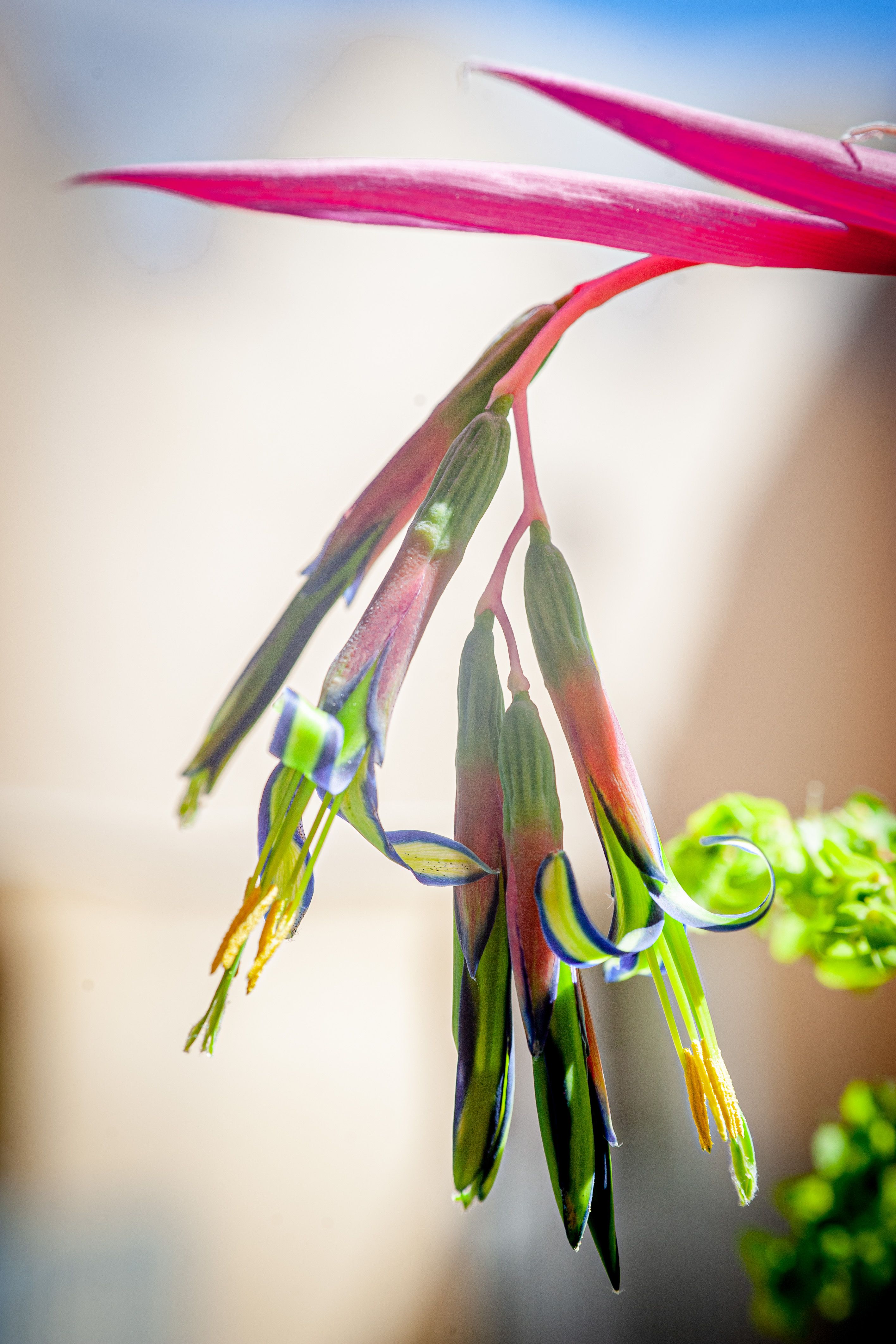 Jordi Boixareu//Getty Images
Jordi Boixareu//Getty ImagesWhile most bromeliads are easy to maintain, billbergia plants are the most beginner friendly. In fact, they’re often described as foolproof since they’re so cold tolerant, which makes them optimal for gardeners living in colder climates. They don’t have as many leaves as other bromeliad types (and thus aren’t the most beautiful in our opinion), but they grow fast, which is a fine trade-off. They also have a less-funky shape: They grow straight up.
Cryptanthus Bromeliad
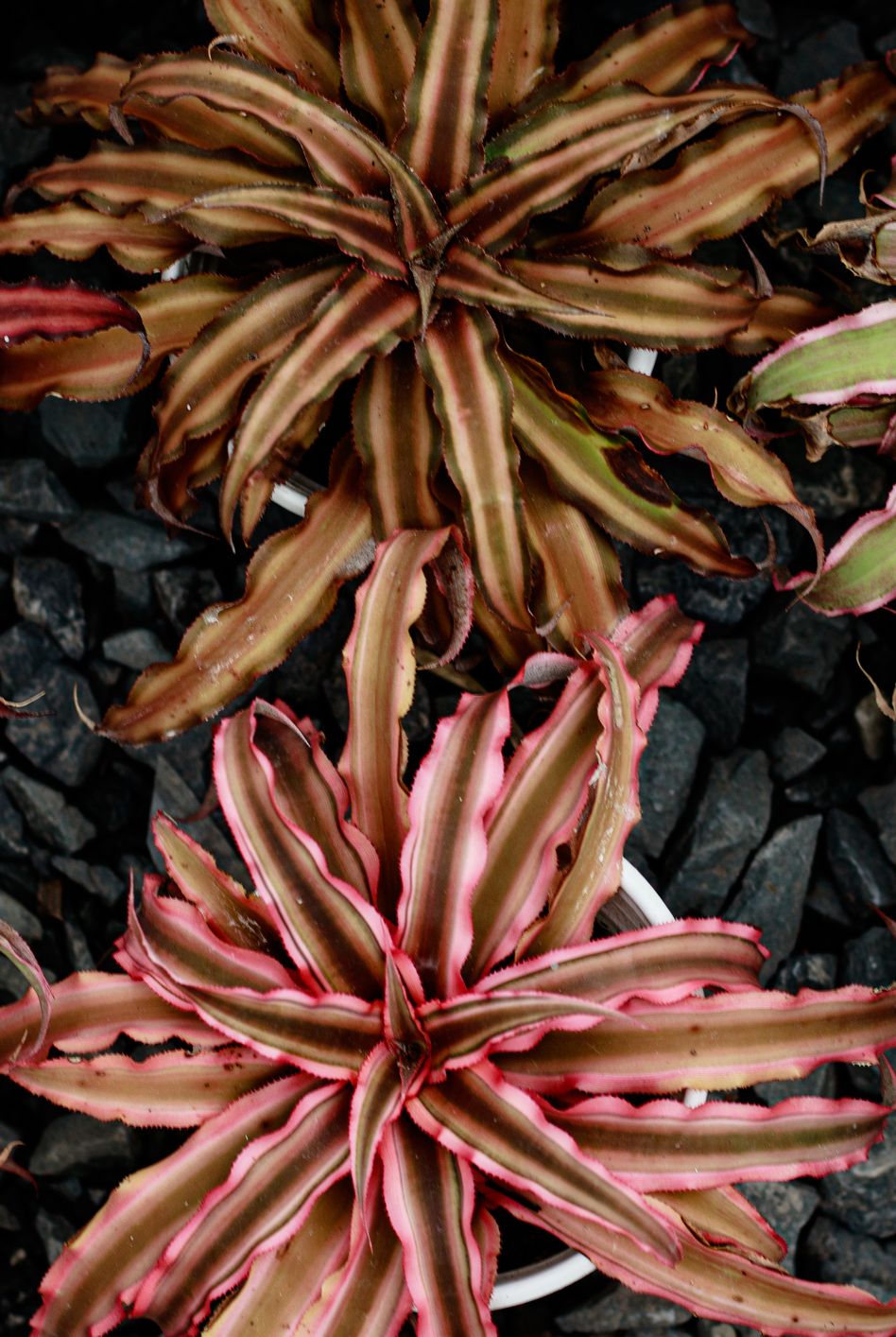 marie martin//Getty Images
marie martin//Getty ImagesA cryptanthus is a great outdoor plant for gardeners in humid environments like Florida or Louisiana. They’re absolutely prolific, with more than 12,000 types to choose from. Most have a rosette shape and low stature, but they come in a variety of colors and patterns, from pale pink to red with spots, stripes, and bands. Unfortunately, cryptanthus plants don’t have a long shelf life—they bloom only once and die shortly afterward—but they make pretty seasonal decorations for your patio or porch.
Ananas Bromeliad
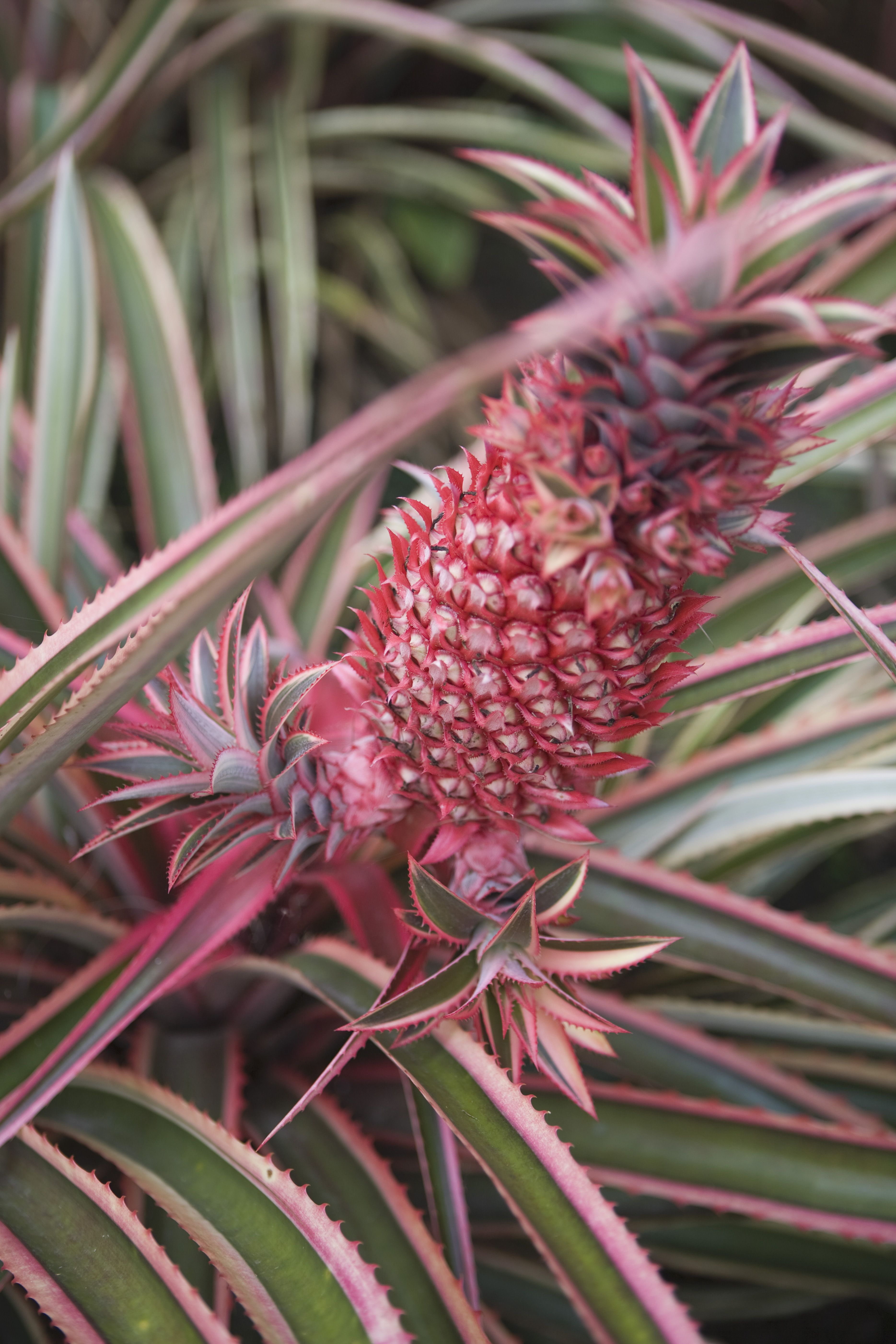 Jupiterimages//Getty Images
Jupiterimages//Getty ImagesLooking to kick-start your gardening journey? We suggest starting with an ananas bromeliad, aka pineapple bromeliad. A subspecies of bromeliad, the ananas is a small houseplant that actually grows edible pineapples. It’s fairly easy to care for since it can thrive in indirect or direct light and needs only weekly watering and regular commercial soil with minimal fertilizer. Don’t expect it to blossom overnight, though. On average, it takes a couple of years for an ananas plant to bloom—and even longer to bear fruit.
Advertisement – Continue Reading Below
Puya Bromeliad
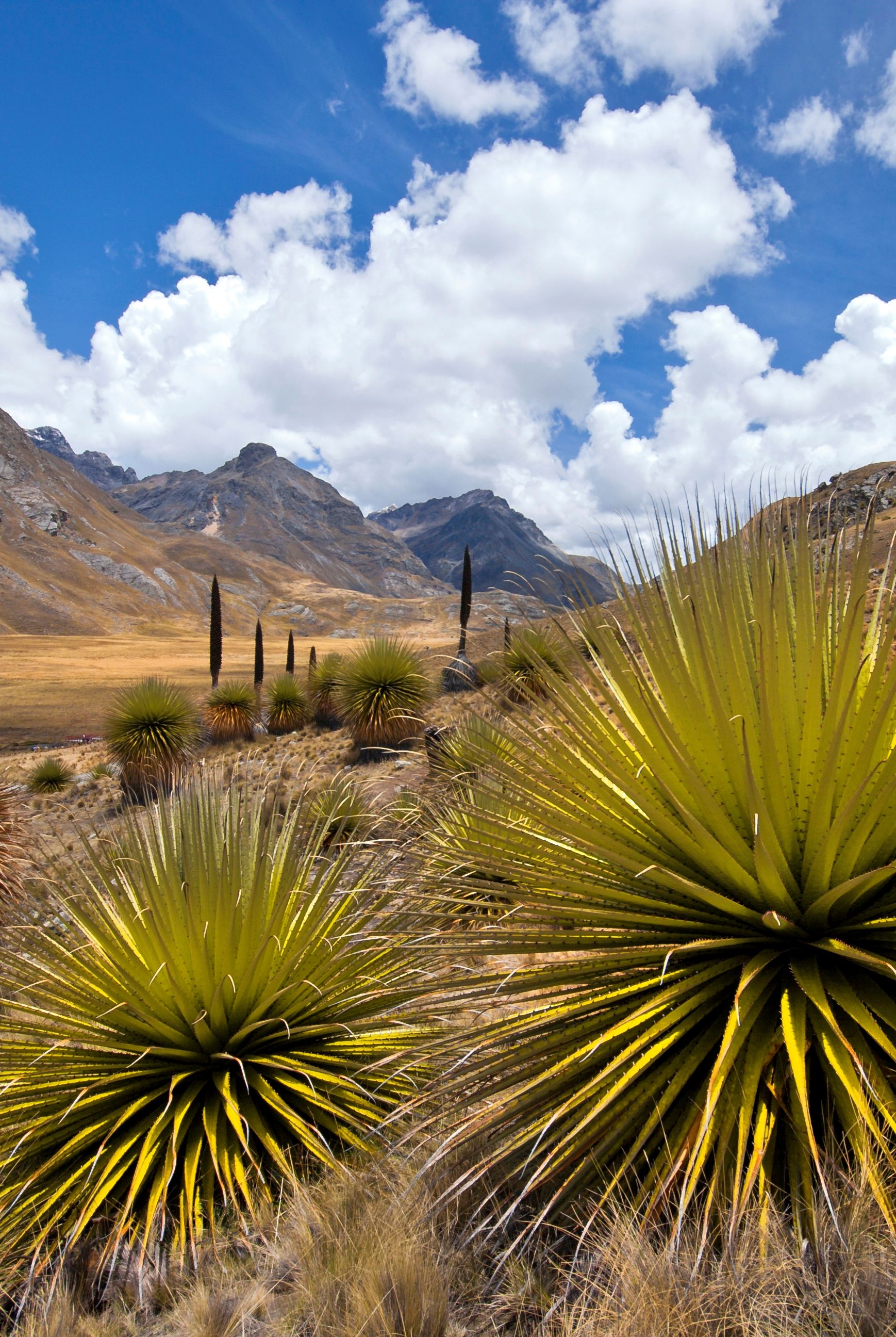 REDA&CO//Getty Images
REDA&CO//Getty ImagesNative to Costa Rica, Argentina, and other parts of South America, the puya is one of the largest bromeliad genera with more than 200 subspecies. This plant is known for its enormous size—it can grow up to 30 feet fall and nine feet long—and its spiky rosette shape that looks like a yuca or agave plant. Unlike the other bromeliads on this list, puyas are grown terrestrially (i.e., in the ground) and can survive in dry, harsh climates. They’re not the best indoor houseplants because of their large size, but they make excellent additions to an outdoor garden. Not only are they stunning, but they’re also protocarnivorous, meaning they’ll catch, eat, and decompose small critters for nutrition.
